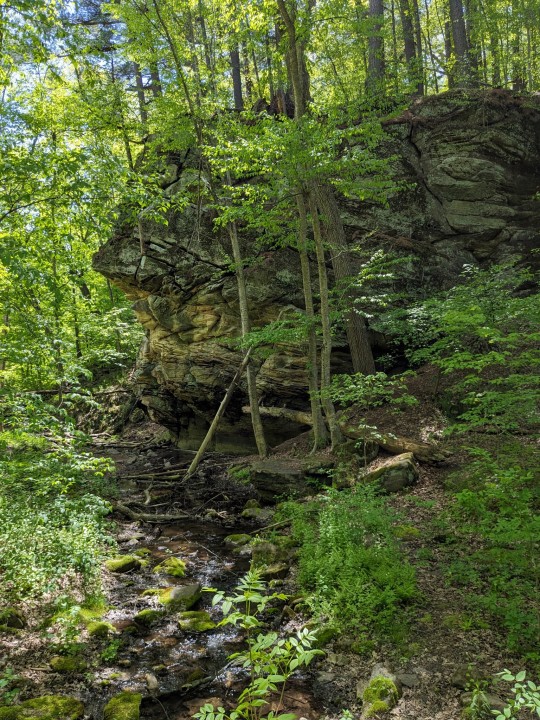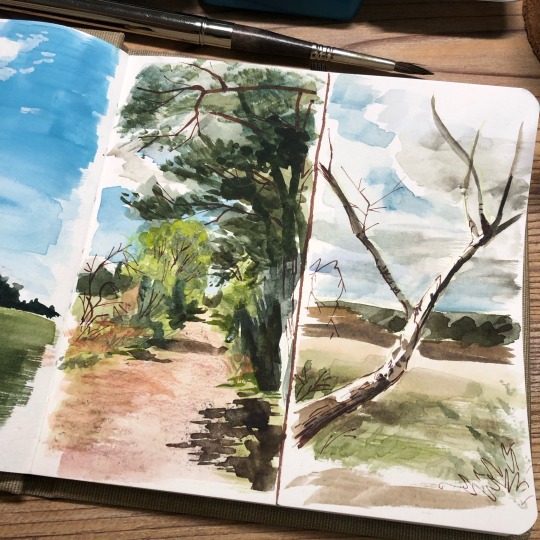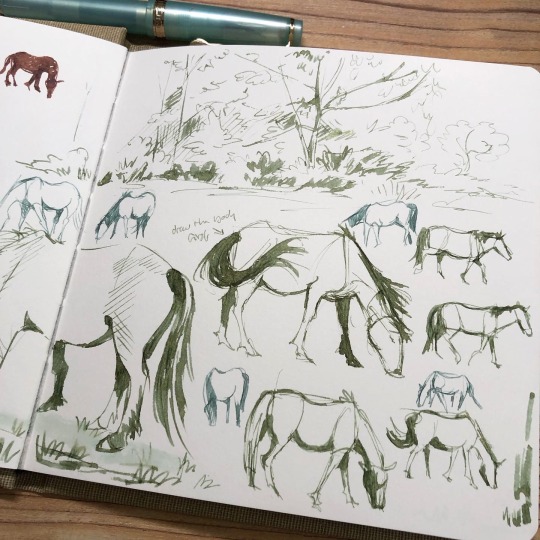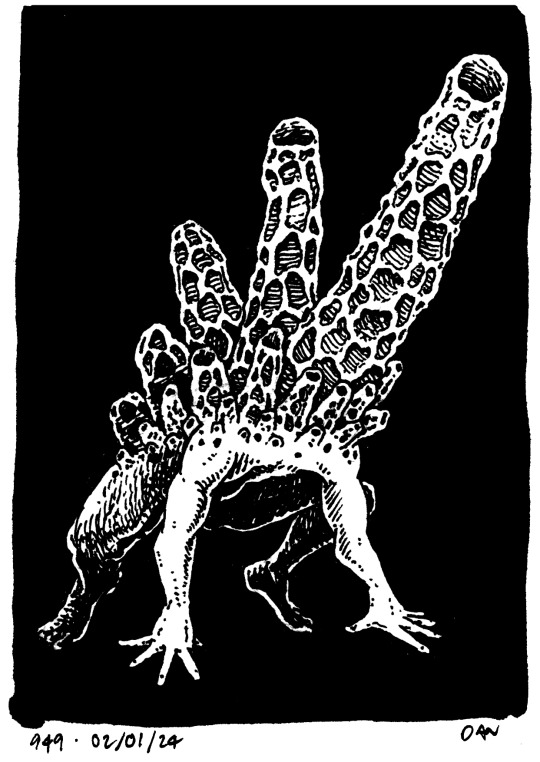Text
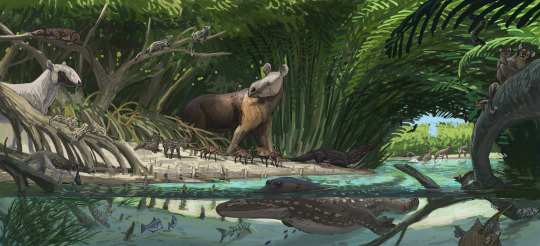
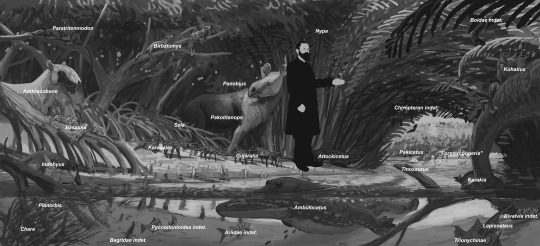
Results from the Kuldana formation #paleostream! This formation, from the Eocene of Pakistan, is best known for it's fossil whales but as you can see here, THERE IS A LOT MORE from there!
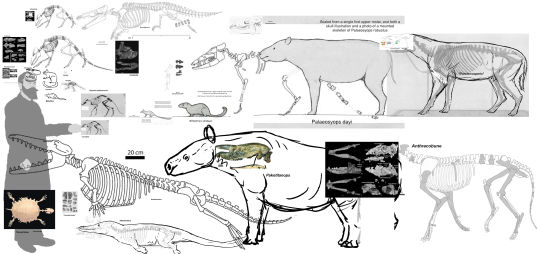
This week I made the size chart, that's why this looks so messy, and I didn't manage to put everything on here...
however the research that came together was so much that a few friends were able to directly convert it into a brand new Wikipedia article
https://en.wikipedia.org/?title=Kuldana_Formation&redirect=no
160 notes
·
View notes
Text
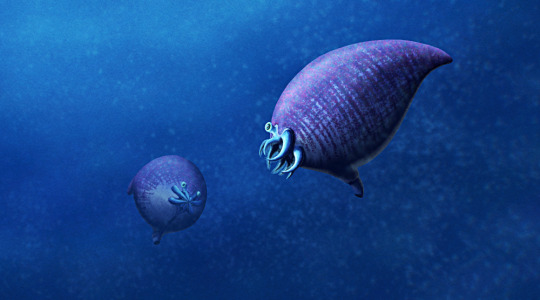
Hexameroceras panderi was a nautiloid cephalopod that lived during the late Silurian, about 425-423 million years ago, in what is now Czechia.
Around 5cm long (2"), it had a downwards-curving egg-shaped shell that preserved the original color pattern on one fossil specimen, showing closely-packed crisscrossing vertical and horizontal bands.
Like several of its close oncocerid and discosorid relatives, its shell also developed a highly constricted opening as it reached maturity. This eventually formed into a narrow visor-like shape with several lobes that probably correlated to the life positions of the eyes and arms, with a "spout" at the bottom for the siphon.
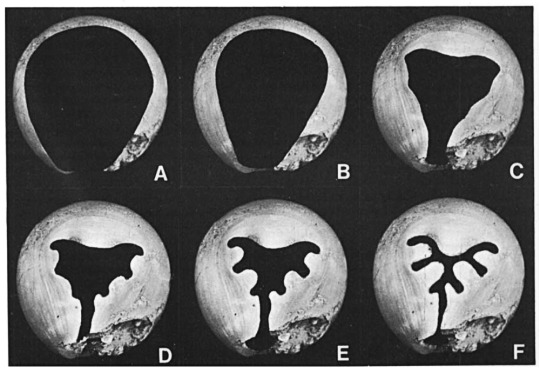
Development of the "visor" in the related Octameroceras sinuosum
From fig 6 in Stridsberg (1981)
The function of this structure is still unclear. It may have been a defensive measure against predators – but it would have also severely limited the range of motion of the arms and the size of food that could be eaten through the mouth, suggesting that Hexameroceras may have specialized in very small prey, perhaps even filter-feeding.
Another possibility is that these visored nautiloids might represent brooding females, walling themselves into their shells to protect their eggs and dying after releasing the hatchlings through the tiny remaining gap.
———
NixIllustration.com | Tumblr | Patreon
References:
"Hexameroceras." Paleobiology Database, https://paleobiodb.org/classic/checkTaxonInfo?taxon_no=13035
Mironenko, Aleksandr A. "Early Palaeozoic Discinocarina: a key to the appearance of cephalopod jaws." Lethaia 54.4 (2021): 457-476. https://doi.org/10.1111/let.12414
Mutvei, Harry. "Siphuncular structure in Silurian discosorid and ascocerid nautiloids (Cephalopoda) from Gotland, Sweden: implications for interpretation of mode of life and phylogeny." Gff 134.1 (2012): 27-37. https://doi.org/10.1080/11035897.2012.654507
Stridsberg, Sven. "Apertural constrictions in some oncocerid cephalopods." Lethaia 14.4 (1981): 269-276. https://doi.org/10.1111/j.1502-3931.1981.tb01098.x
Turek, Vojtech, and Š. Manda. "Colour pattern polymorphism in Silurian nautiloid Phragmoceras Broderip, 1839." Bulletin of Geosciences 86.1 (2011): 91-105. http://dx.doi.org/10.3140/bull.geosci.1240
Wikipedia contributors. “Hexameroceras.” Wikipedia, 29 Jun. 2022, https://en.wikipedia.org/wiki/Hexameroceras
272 notes
·
View notes
Text
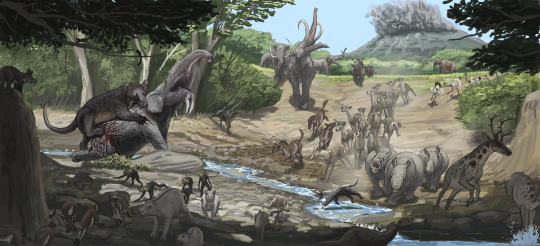
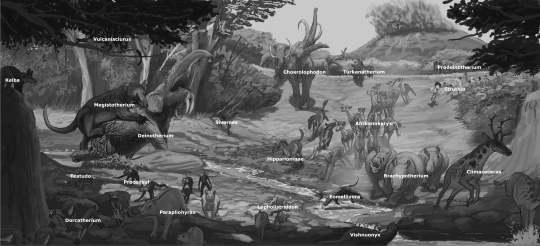
Result from the Ngorora formation #paleostream! Looks all nearly normal until you put Megistotherium into the mix and you realize that that weird deer is actually a giraffe, some rhinos have tusks and the hyraxes and sheep sized.
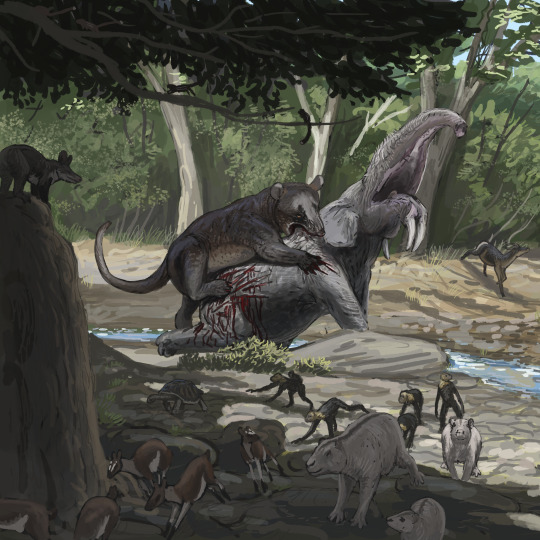
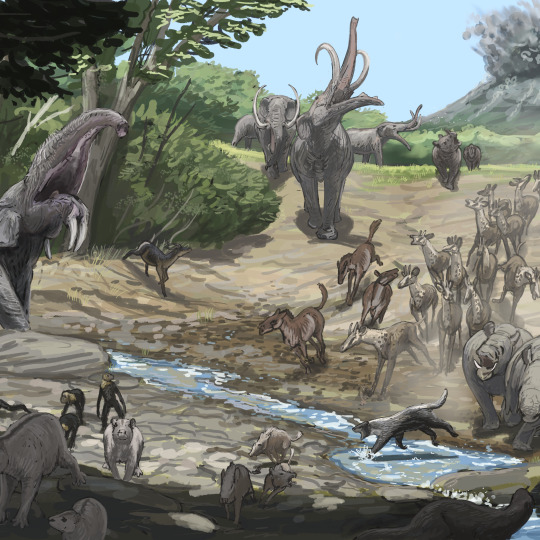
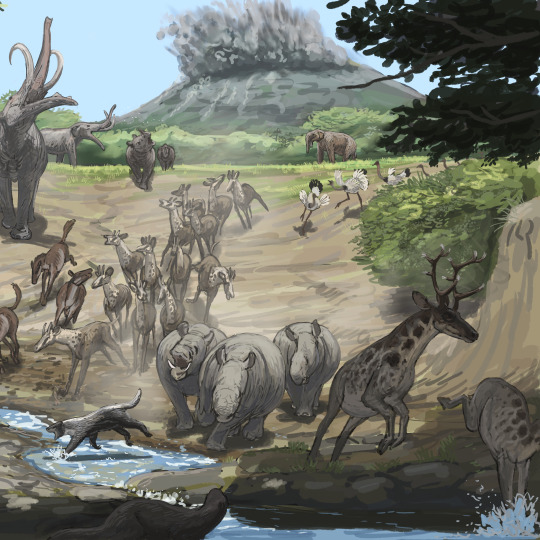
some detail shots
Before anyone says anything: YES, Megistotherium was that large compared to the Deinotherium found in this formation.
Size chart by Discord user Dynatomterror, done for this stream
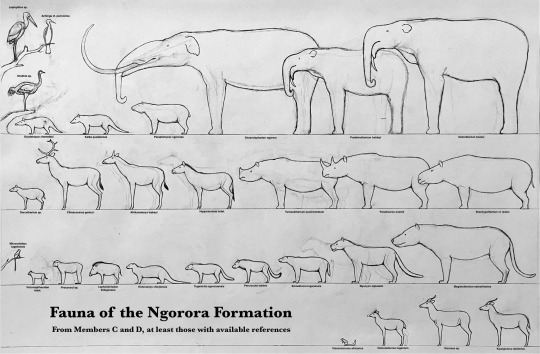
299 notes
·
View notes
Text

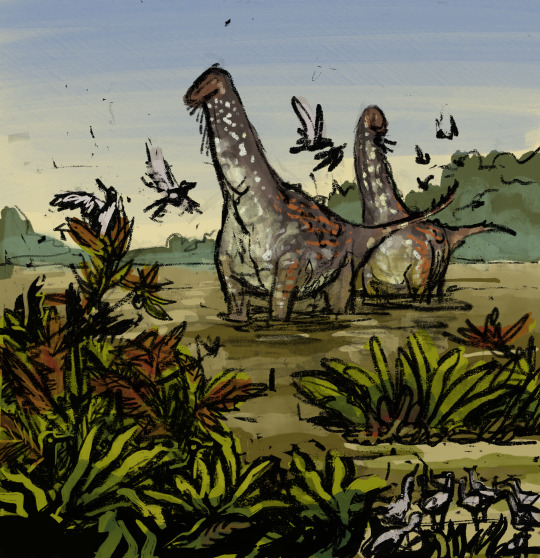
Maysozoic #5: Saltasaurus is approaching you from across the marshes
160 notes
·
View notes
Text
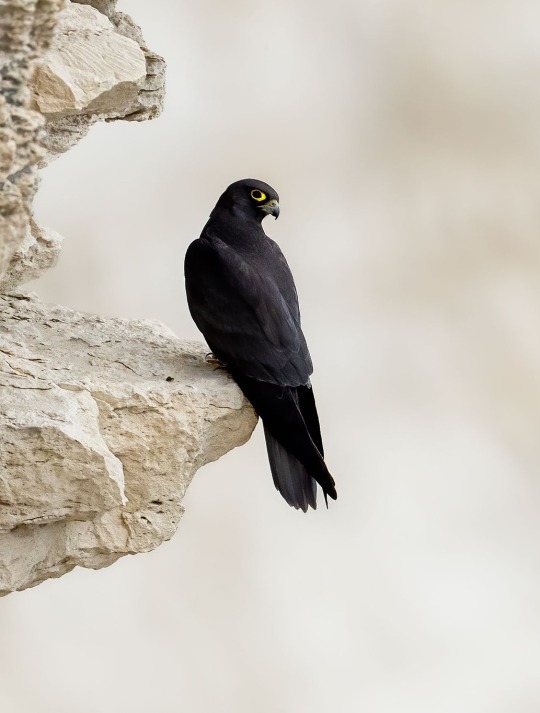
Eleonora's Falcon (Falco eleonorae) dark morph, family Falconidae, order Falconiformes, Cypress
photograph by Łukasz Haluch
1K notes
·
View notes
Text

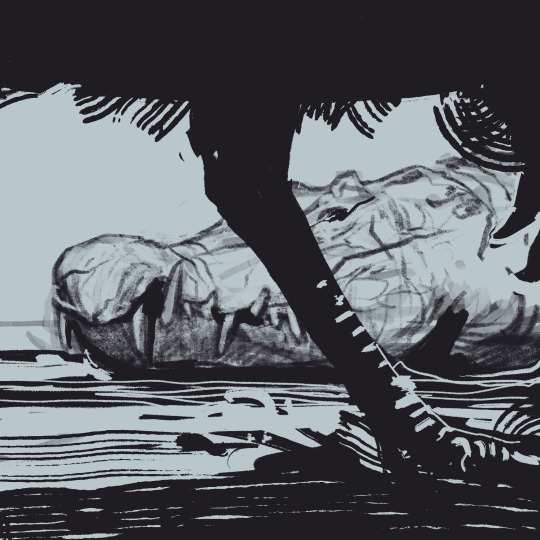
bonus post today for maysozic: the Boar Croc Kaprosuchus saharicus
352 notes
·
View notes
Text
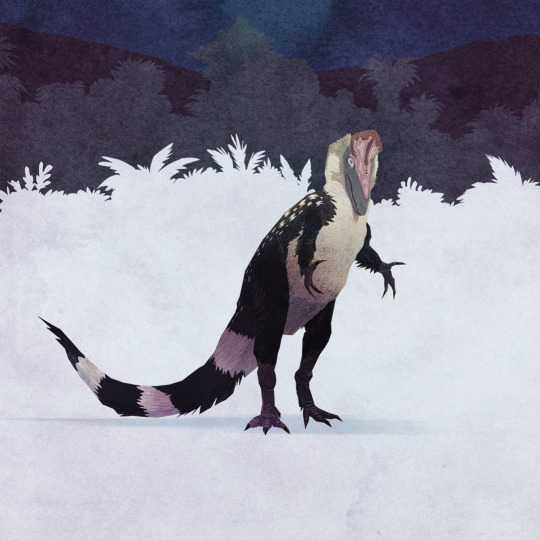
A rowdy Cryolophosaurus ellioti trying to pick a fight in Early Jurassic Antarctica
766 notes
·
View notes
Text
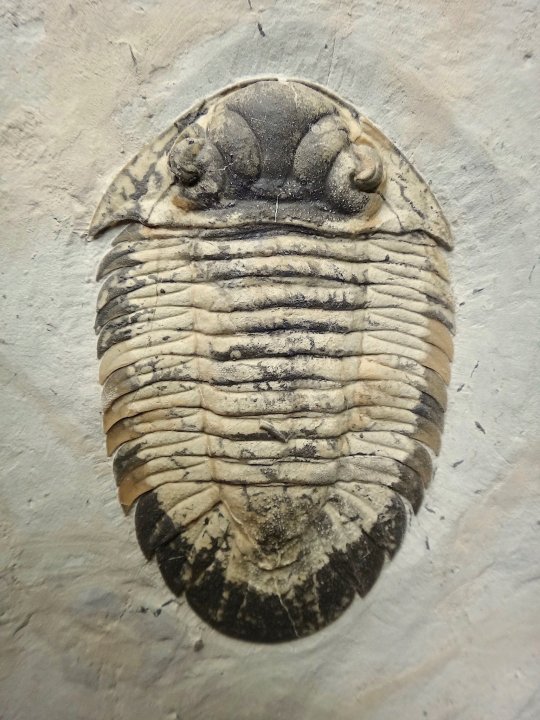
It's time for Trilobite Tuesday! Found within the famed Silurian-age Waldron Shale quarries that dot the Indiana landscape, only one complete, 2.4-in- (6-cm-) long example of the lichid Metopolichas has ever been reported. Still, fragmented remains are relatively common finds throughout the vicinity. Their stunning preservation makes all Waldron trilobites highly prized Paleozoic remnants.
818 notes
·
View notes
Text
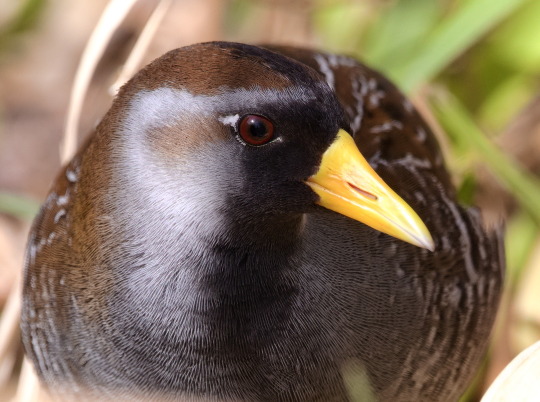

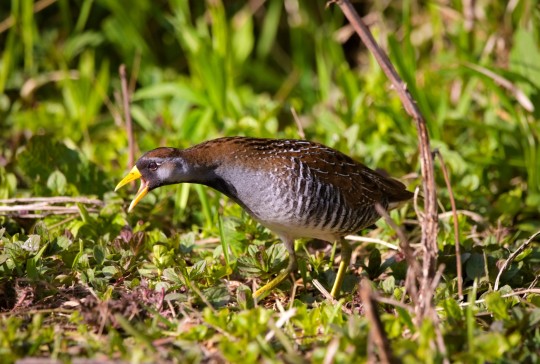
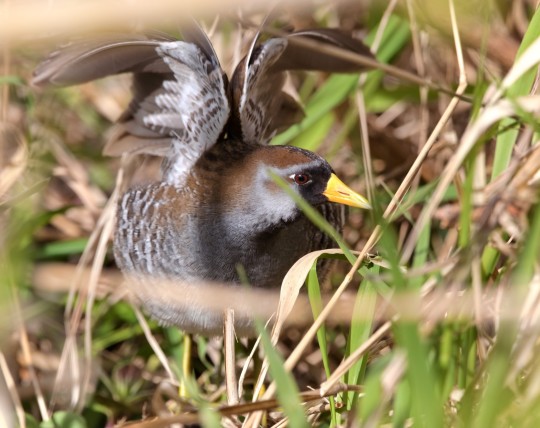

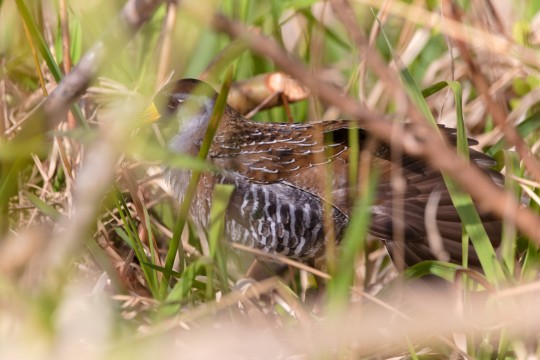

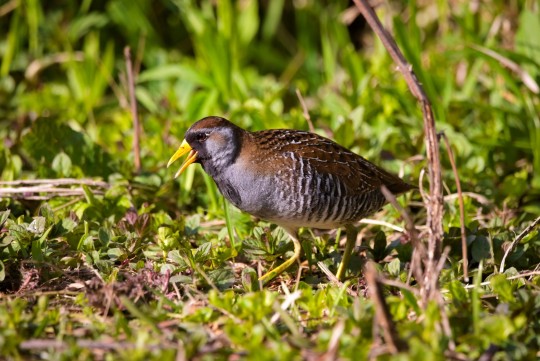

a sora!!
my first time seeing one, and it was so casual that everyone who saw it was astonished—for such a notoriously shy bird it spent a lot of time out in the open, even getting so close my camera couldn't focus on it anymore! it was a lifer for quite a few people last morning ( ˙꒳˙ )
I really enjoyed watching it hop around looking for bugs and flicking its tail, and watching it disappear into the grass only to pop out instantly much further than I would have expected. it's also a lot smaller than I expected, only about the size of the red-winged blackbirds!
21 notes
·
View notes
Text
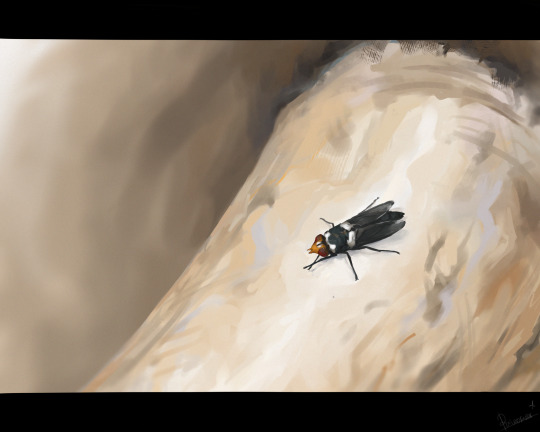
Cobboldia russanovi, an extinct, wooly mammoth parasitizing botfly.
Like other members of the genus, the larvae of these flies feed and develop in the stomachs and oral cavities of Proboscideans, and due to it’s specialization in wooly mammoths, it subsequently went extinct alongside it’s host.
141 notes
·
View notes
Photo


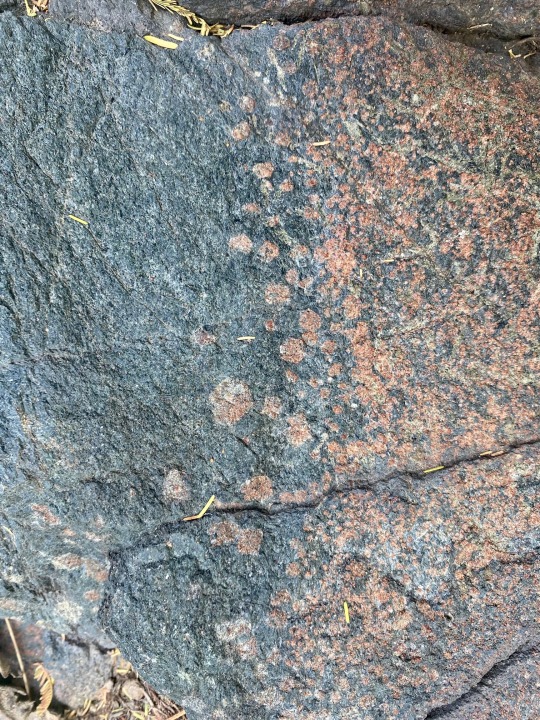

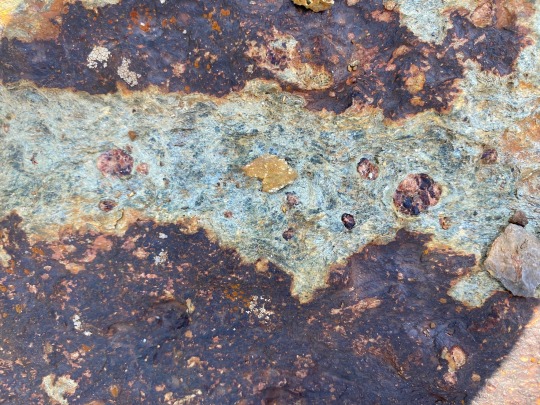

Photography of some rocks that I observed in various parts of Italy during field work over the summer! I wanted to share it so everyone could enjoy.
16 notes
·
View notes
Text

This Amphicyon got lucky! It's prey, a large male Oncorhynchus rastrosus already spawned and was in the process of dying.
2K notes
·
View notes
Text
A full animation using toon shaders! I'm really liking this style!
8K notes
·
View notes
